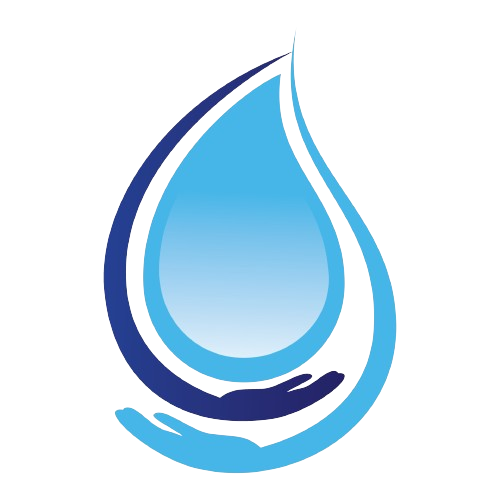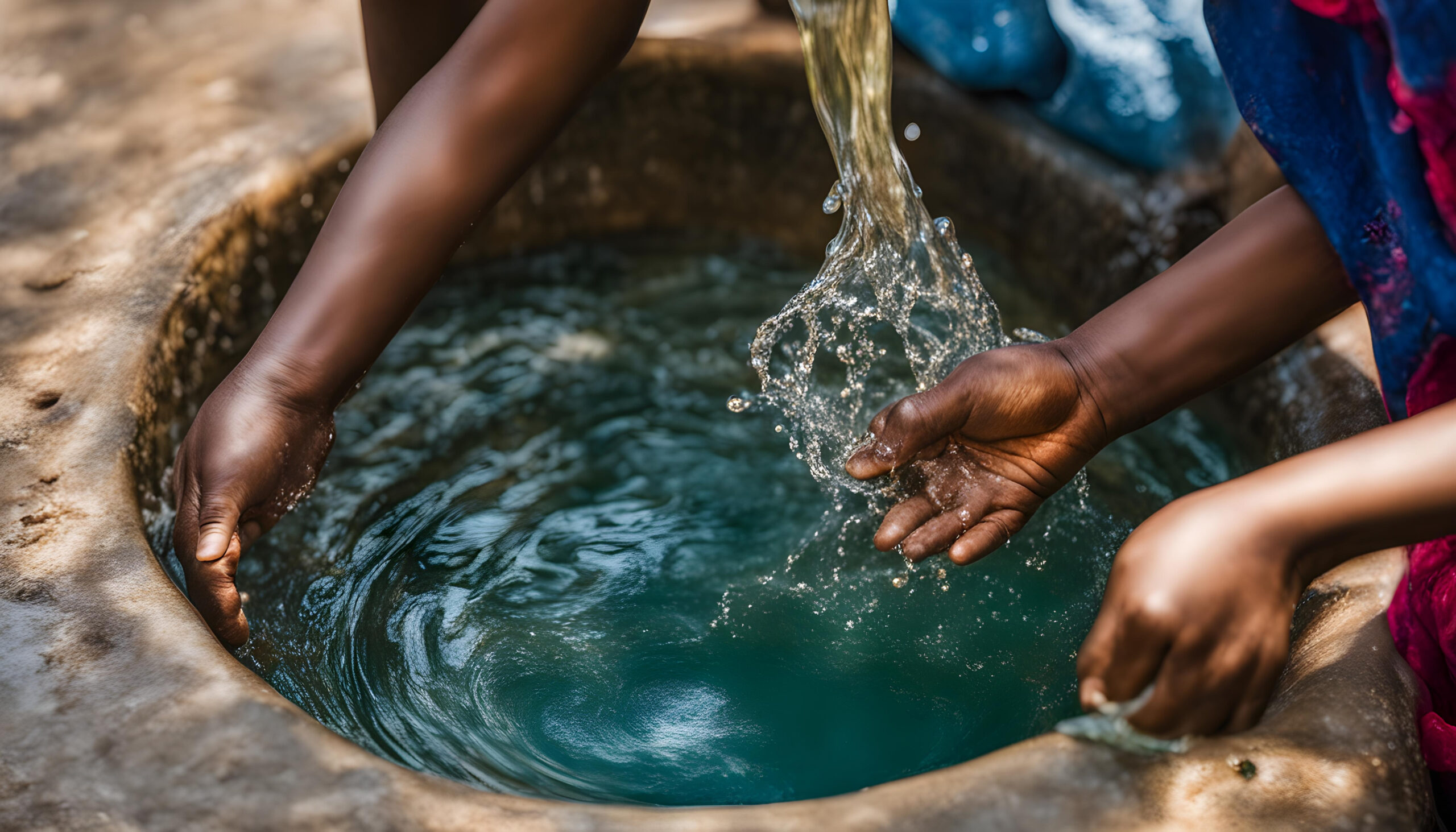The United Nations set up a universal call to action, referred to as the UN Sustainability Goals, otherwise known and more popularly called the Sustainable Development Goals. This is an action call for ending poverty, protecting the planet, and ensuring all human beings have peace and prosperity by 2030. There are 17 of these goals, and water plays an enormous role, especially in Goal 6: Clean Water and Sanitation. The SDGs address the challenges of water scarcity, quality, and accessibility by asserting that water is a resource foundational to life and one of the drivers of sustainable development.
Goal 6: Clean Water And Sanitation
The precise goal articulated by the SDGs with regard to water and sanitation is access to water and sanitation for all, properly managed. It is operationalized through several targets dealing with various aspects of water management, including:
1. Universal And Equitable Access To Safe And Affordable Drinking Water: The first priority of Goal 6 is that by 2030, every individual shall have safe and affordable drinking water. Improved water infrastructure, efficient water use, and reduced contamination of water sources are some of the aspects envisioned in this goal. Equitably expanding access to water, the UN aims to substantially reduce the number of people facing water scarcity, thereby improving their health.
2. Good Water Quality: Water is a global concern, whereas pollution from industrial runoff, agricultural chemicals, and untreated sewage contaminates water bodies. Goal 6 seeks to reduce pollution by decreasing the quantity of hazardous chemicals and materials released, reducing by half the proportion of untreated wastewater, and increasing recycling and safe reuse significantly. Improved water quality will see healthy ecosystems and access to clean water for drinking, cooking, and adequate sanitation by all people.
3. Water-Use Efficiency: A growing population and climate change increase pressures on limited water resources. SDG 6 calls for efficient use of water in all sectors, from reduced freshwater withdrawals to reduced supply losses. Improved efficiency reduces pressure on the resource, allowing it to be managed sustainably and equitably for all uses.
4. Integrated Water Resources Management: Water is a cross-cutting resource requiring a holistic approach considering the needs of the communities, industries, and ecosystems. Goal 6 is to promote the IWRM approach at every level of implementation. IWRM means the coordinated development and management of water, land, and related resources to maximize social and economic welfare in ways that do not compromise the sustainability of vital ecosystems. This may be an important way to balance competing demands and ensure water security in the long term.
5. Protection Of Water-Related Ecosystems: Natural and unstracted ecosystems form the backbone of the maintenance of a natural water cycle that produces clean water. Goal 6 specially endeavors the protection and restoration of water-related ecosystems, like rivers, lakes, wetlands, and aquifers, from any destruction. This ranges from habitat protection to pollution reduction and the actual rehabilitation process of degraded sites and environments. Through protecting these ecosystems, the UN looks toward increased biodiversity, livelihoods, and a future supply of water well sustained.
6. International Cooperation And Capacity-Building: Water-related goals require global collaboration, sharing of knowledge, technologies, and resources. Goal 6 fosters international cooperation to help developing nations in better water and sanitation management. This comprises improved capacity of local communities in the management of water resources, strengthening institutional frameworks, and pursuing partnerships between governments, NGOs, and the private sector. The UN looks forward to empowering countries to respond effectively to their water challenges through capacity building and cooperation.
How The SDGs Support Broader Water-Related Goals
While Goal 6 is the obvious focus for targets directly relating to water, a number of other SDGs support sustainable management of water resources:
Goal 13: Climate Action: Climate change has implications directly connected to water availability, with rising events of droughts, floods, and changing patterns of precipitation affecting the general supply of water. Goal 13 is to take urgent action to combat climate change and its impacts, hence including endeavors aimed at mitigating actions for the effects of climate change on water resources. This goal helps to safeguard water supplies from the worst implications of global warming by promoting climate resilience.
Goal 14: Life Below Water—The goal of Goal 14 is to conserve and use the oceans, seas, and marine resources sustainably. In this regard, protecting marine environments from pollution and overexploitation contributes to the health of aquatic ecosystems integral to the global water cycle. By protecting the marine resources, this goal contributes to the availability of clean water and thus the health of the planet’s water systems.
Goal 15: Life on Land—Terrestrial ecosystems, including forests, wetlands, and rivers, are leading regulators of the water cycle and maintain water quality. Goal 15 is concerned with the conservation, restoration, and promotion of the sustainable use of terrestrial ecosystems and therefore indirectly supports water conservation and management. This is because sound land ecosystems ensure good water quality, reduce erosion, and maintain biodiversity—all these being elements of relevance for sustainable water management.
If anything, the UN Sustainability Goals are in many ways instrumental to the crisis of global water management. They could provide impetus for sustainable management of this resource, ensure equity of access, and protect this resource. By so doing, they will ensure that the world secures sufficient supplies of this finite resource for posterity through the adoption of a multifaceted approach that brings in international cooperation, technological innovation, and community engagement.

